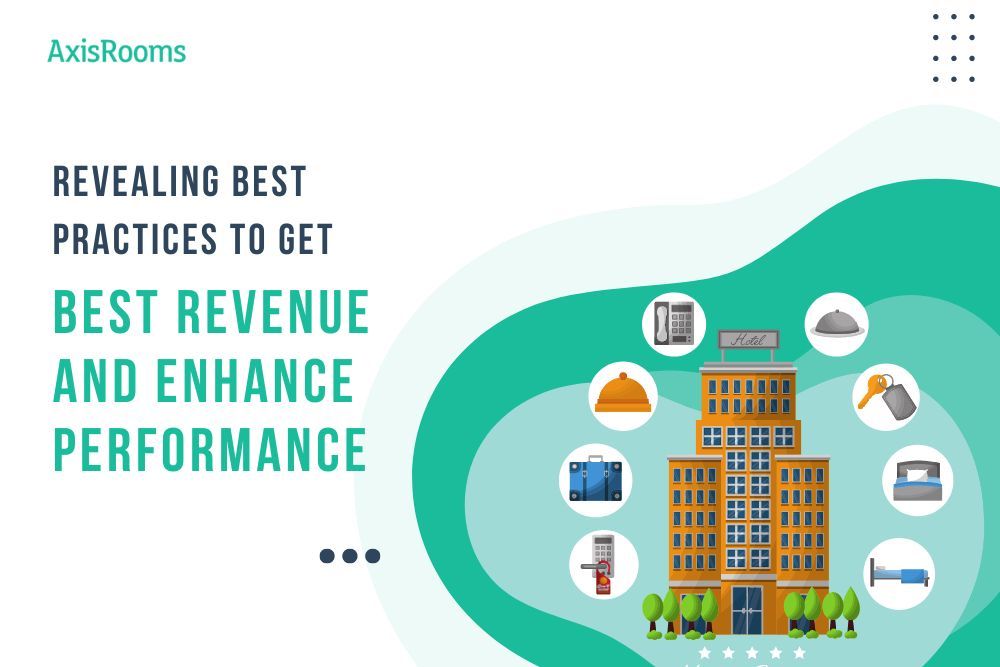Hotel Revenue Management is very difficult and detailed process, but there are some key steps to building a revenue management program in a property for the first time and keep it following the best practices to optimize performance.
The main basic concept: every single hotel room is perishable and has a shelf life of one day; it is useless to store up inventory for the peak season. Plan and execute a way to generate demand in low seasons and ration the rooms in peaks.
Historic Data: set relevant revenue historic. The past data matters because demand patterns tend to follow historical trends and patterns. Seasonality and Day of week patterns show up quickly in individual property results reflecting the current marketplace and the prevailing rate strategies. At a minimum, you should track the last year revenue.
Segment the market: Determine the key market segments that use your hotel. A market segment is a group of guests who have similar characteristics like booking patterns, price sensitivity, etc. You can have as few as two or as many as 20-30 segments, as long as you can track their performance and make meaningful distinctions between them.
Booking Pace: is a key element of Revenue Management. Start tracking and monitoring the booking pace for each segment. It measures how many bookings you have on the books at any given time for a future date. A matrix of stay dates by booking dates provides the booking pace or booking curve as it is sometimes called.
Pricing: Review current and past pricing and set a pricing structure and strategy. The single quickest way to improve revenue and profit is to raise the price of your rooms. But that does not always go well with the marketplace. Instead, you need to set up a pricing program that makes sense to your target market and that provides you with the profits required to keep in business.
Channels: Define the distribution channels appropriate for your property. Where your customers shop for hotel rooms can affect the amount of business you can earn. These places are distribution channels and if you are not on sale in them, you will not be an option for those shoppers
Budgets and forecasts: Start forecasting future revenues by segment and by time frames. In addition to comparing current performance to last year, it is helpful to create a revenue and room night forecast so that departments can plan for the issue like funds flow, manpower and rate strategies. These forecasts will expose day of a week and seasonal variations that need to be considered in rate setting.




